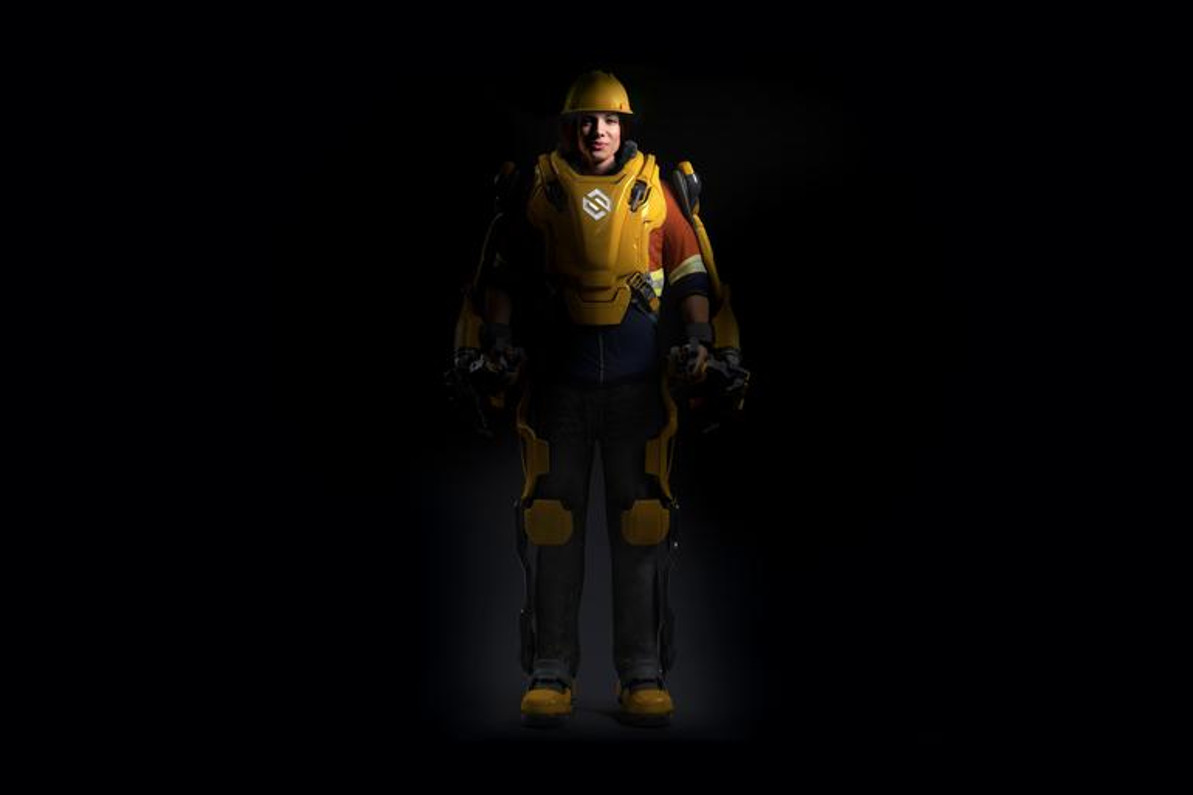Construction Sites Offer Transitional Phase to Unstructured Use of Robotics
With the introduction of machine vision, robots are no longer limited to predetermined paths with tracks; they are now able to roam about areas like warehouses and factory floors using only vision sensors.
Collaborative robots on industrial lines use sensitive force torque sensors coupled with adroitness to work outside of traditional safety cells right alongside their human colleagues. Soon robots will be well-developed enough to operated in even less structured environments, such as on the open road.
Construction sites are one location where robots are experiencing the refinement needed before they are deployed everywhere. Caterpillar recently teamed up with Sarcos to put workers in exoskeletons that increase the strength of the wearer.
 Source: APNews.com
Source: APNews.com
Similarly, other companies like Ekso Bionics, now offer products that allow workers to lift heavy equipment for hours on end. Other companies are diligently working to outfit traditional heavy equipment with the ability to collect important data, boost speed, and increase safety and productivity.
Universal Robots on a factory floor.
These advances in the construction industry are expected to reduce costs, prevent overruns, and supplement a lack of employees.
Click here to schedule a live demo and see what industrial collaborative robots are offering today.
Recent Posts
-
Collaborative Robots: A Cost-Effective Solution for Rising Labor Costs in Manufacturing
Rising labor costs are putting increasing pressure on businesses to find efficient and cost-effectiv …Dec 18th 2024 -
Automating Hi-Res Dimensioning and Inspection with Zebra 3D Sensors
For manufacturing and logistics, the ongoing challenge is to optimize productivity, efficiency, …Dec 12th 2024 -
Why Choose Automation Distribution as Your Trusted Industrial Automation Supplier
Having a reliable supplier is not just a convenience—it’s a necessity. At Automation Distribution, w …Dec 3rd 2024





